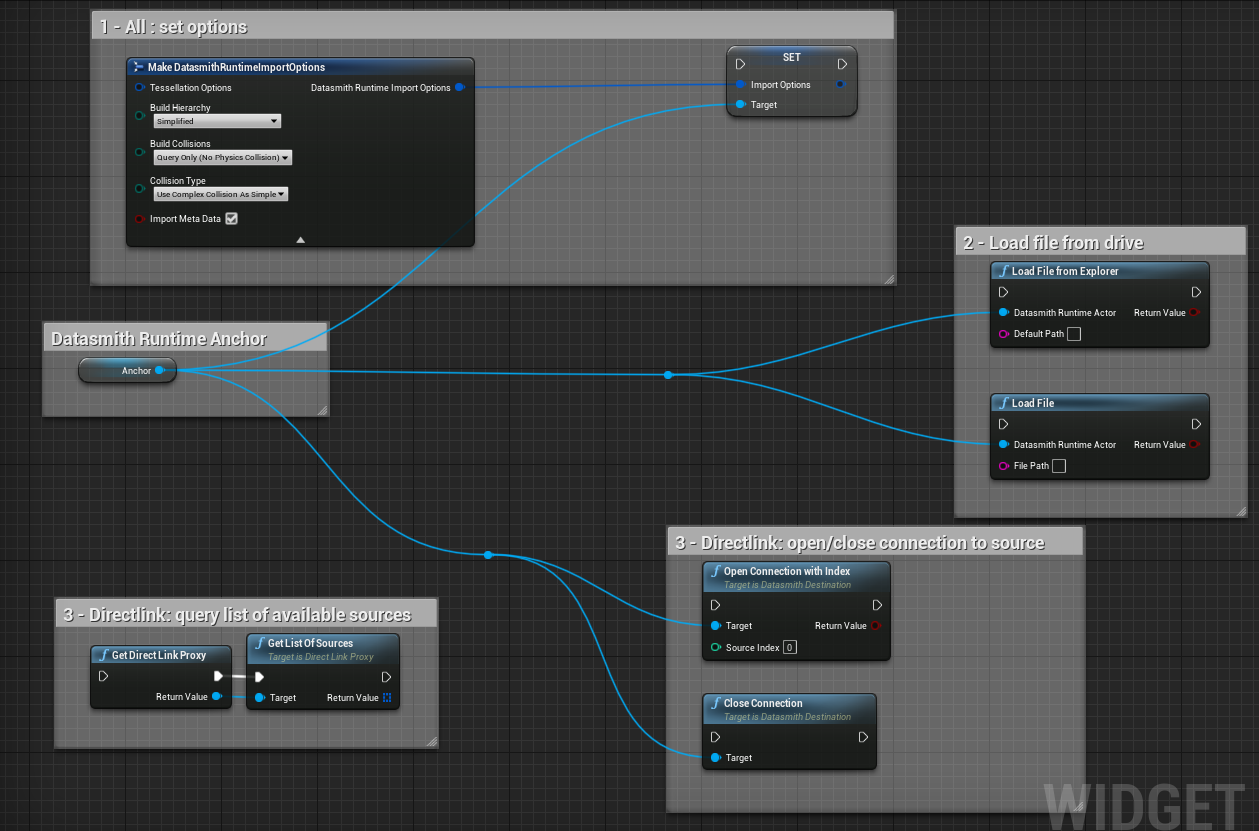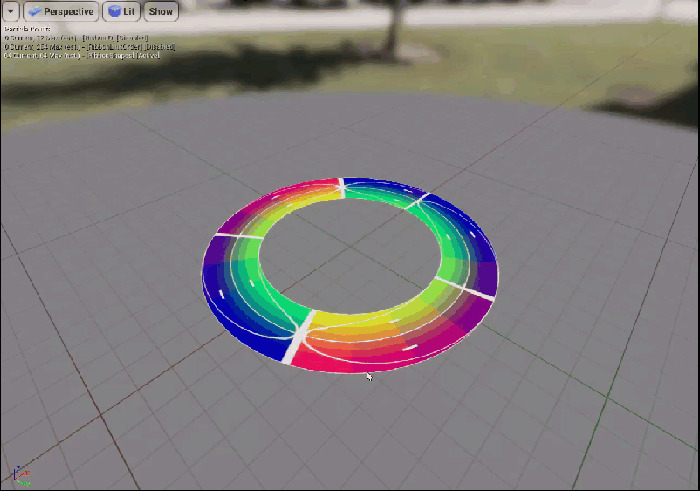
- Director player error list expected for handler count how to#
- Director player error list expected for handler count update#
- Director player error list expected for handler count code#
Director player error list expected for handler count code#
Code has A a = Class.forName("B").newInstance()
Director player error list expected for handler count how to#
Modern IDEs like Eclipse and IntelliJ IDEA and build management tools like Maven or Gradle will help you not have to worry about classpaths (as much) and focus on the code! That said, this link explains how to set the classpath when you execute on the command line. Side note: I would recommend taking advantage of the amazing tooling that exists for Java and JVM languages. project/com/example, and you would set your classpath to. Say for example your working directory is. jar file that you've compiled against and you're trying to use.įor example, if you had a class, after compiling you would have a class file Foo.class. NoClassDefFoundError can also indicate that you're missing a transitive dependency of a. Remember that the classloader (specifically ) will look for classes in package a.b.c in folder a/b/c/ in each entry in your classpath. Your code wouldn't compile if the required classes weren't present (unless classes are loaded with reflection), so usually this exception means that your classpath doesn't include the required classes. class file for the class that you're trying to use. The NoClassDefFoundError indicates that the classloader (in this case ), which is responsible for dynamically loading classes, cannot find the.

These binary files are the bytecode that Java interprets to execute your program. class files for each class in your program. However, it seems that many of these answers are for Eclipse and IntelliJ IDEA, but they have similar concepts.Īfter you compile your code, you end up with.

Director player error list expected for handler count update#
I wasn't using Eclipse (just Notepad++ and the JDK), and the above update solved my problem. Here is the directory hierarchy: graphicsĪnd here is Main.java: import graphics.shapes.* Īfter I put put the Main class into the graphics package (I added package graphics to it), set the classpath to "_test" (folder containing graphics), compiled it, and ran it using java graphics.Main (from the command line), it worked.

I think I might have the Main.java file in the wrong folder. They both compile fine, but at run time, both come up with this error: Exception in thread "main" : graphics/shapes/SquareĬaused by: : Īt $1.run(URLClassLoader.java:366)Īt $1.run(URLClassLoader.java:355)Īt (Native Method)Īt (URLClassLoader.java:354)Īt (ClassLoader.java:424)Īt $AppClassLoader.loadClass(Launcher.java:308)Īt (ClassLoader.java:357) I've tried both the examples in Oracle's Java Tutorials.


 0 kommentar(er)
0 kommentar(er)
